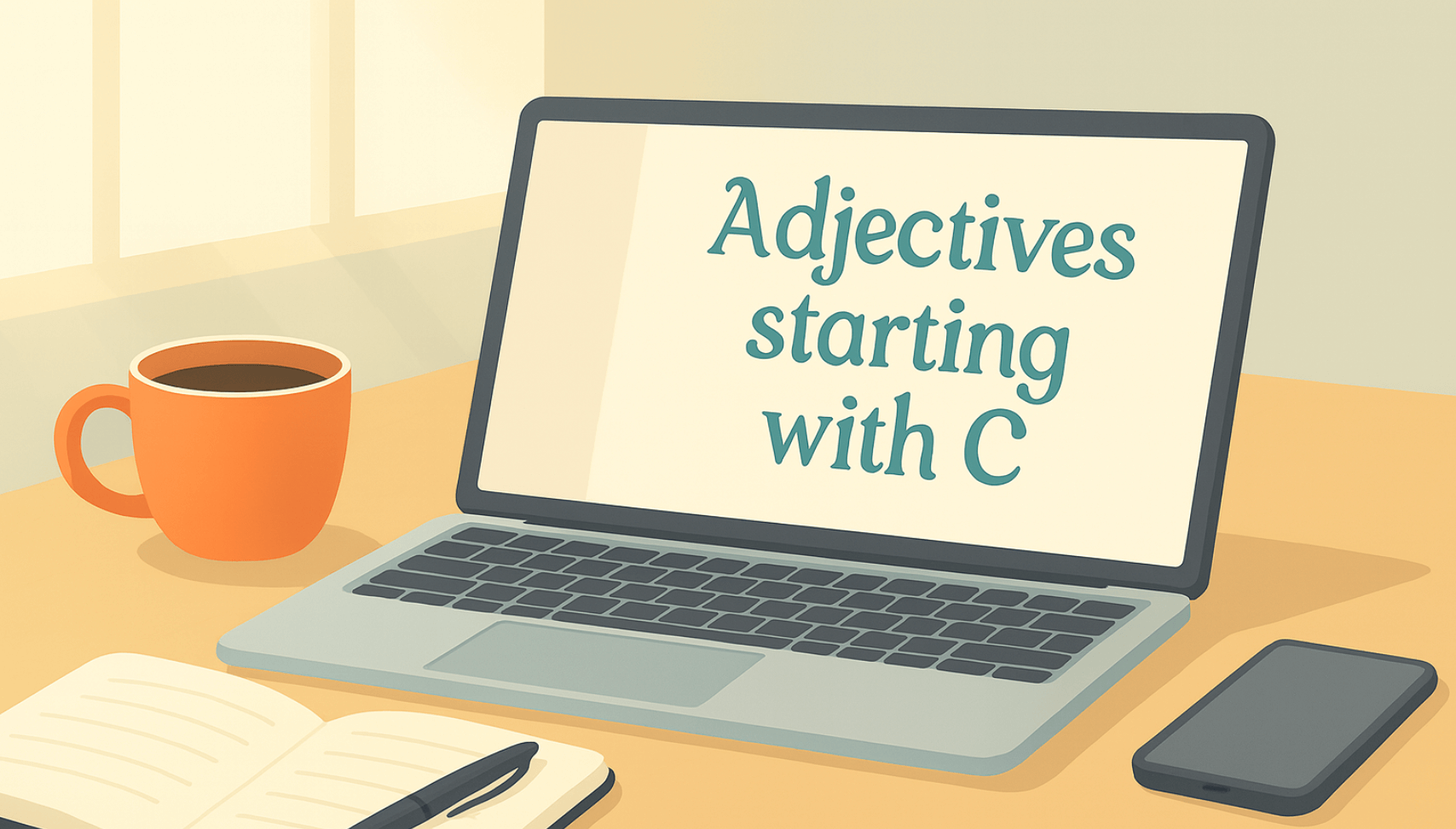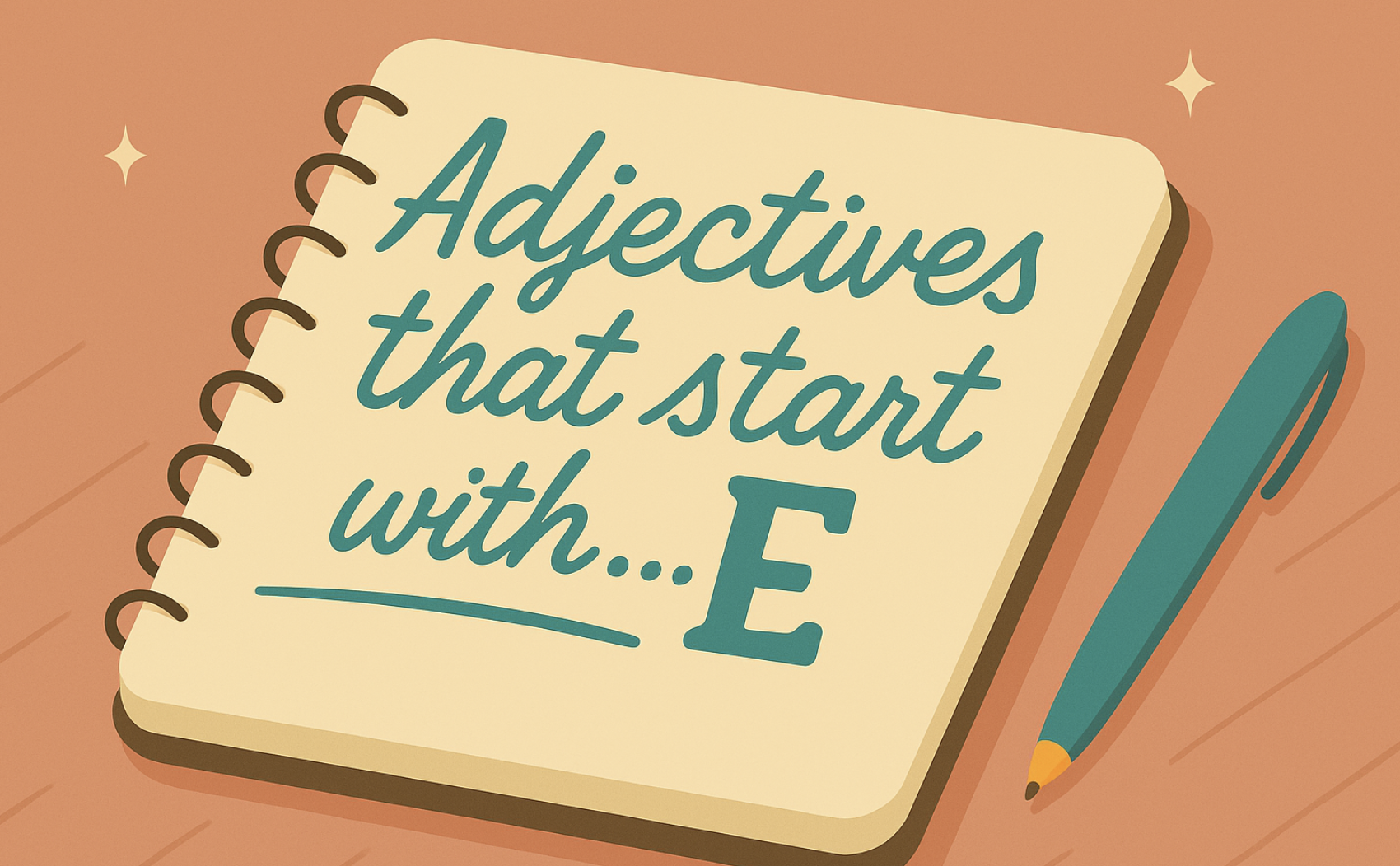Dialogue is the lifeblood of any story, pumping energy into characters and propelling the plot like a well-oiled machine. Think of it as the jazz of storytelling—it’s all about rhythm, timing, and just the right amount of improvisation. According to a survey of bestselling novels, dialogue makes up about 50% of the text in many works, showing just how vital these exchanges are to keep readers hooked. When dialogue hits the mark, it doesn’t just move the story along; it unveils the soul of your characters, pulls readers deeper into the narrative, and lingers in their minds long after the last page.
Great dialogue is more than just chit-chat; it’s the Swiss Army knife of storytelling. It builds tension, delivers humor, and can even clue readers into hidden truths, all while sounding as authentic as a real-life conversation. When written well, it transforms a scene, turning a simple exchange into something unforgettable.
In this article, we’ll explore how to write dialogue that’s both effective and engaging. From crafting realistic exchanges and mastering dialogue tags to balancing words with action and body language, you’ll get all the tools you need to elevate your character interactions. We’ll also cover tips for editing to make every line sing. By the end, you’ll be set to write interactions that don’t just fill pages but capture hearts.
Understanding the Basics of Effective Dialogue Writing
Effective dialogue is the lifeblood of a captivating story. Knowing how to write a dialogue that feels real and purposeful is essential—it’s more than just words exchanged between characters. Dialogue is a powerful tool that reveals personalities, advances the plot, and immerses readers in the narrative. At its core, effective dialogue sounds natural and true to each character, enhancing the story’s authenticity and depth.
Dialogue is crucial for character development because it offers a window into the characters’ minds and hearts. Through their speech, we learn about their motivations, fears, and desires. A character’s unique voice can distinguish them from others, making them more memorable and relatable. For instance, a reserved character might speak in short, hesitant sentences, while a confident one might use bold, assertive language. These nuances help readers understand and connect with the characters on a deeper level.
Moreover, learning how to write dialogue in a book means understanding how it can drive the story forward. Back-and-forth chats propels the plot by providing information, creating conflict, and building suspense. It can reveal backstories without cumbersome exposition, introduce new plot points, and heighten tension between characters. For example, a seemingly casual conversation can hint at underlying secrets or foreshadow future events, keeping readers engaged and eager to discover what happens next.
Well-written dialogue has several key characteristics:
- Authenticity: It mirrors real-life speech but is more focused and concise. Characters should sound like real people, with distinct voices that reflect their backgrounds and personalities.
- Purpose: Every line of dialogue should serve a purpose, whether it’s revealing character, advancing the plot, or adding depth to the story. Avoid superfluous words and aim for conversations that drive the narrative.
- Subtext: Great dialogue often has layers of meaning. Characters might say one thing but imply another, creating intrigue and complexity. This subtext can reveal hidden emotions and motivations, adding richness to the story.
Writing Realistic and Compelling Dialogue
Knowing how to write dialogue in a story that feels authentic and compelling is key to immersing readers in your narrative. Here are some tips to ensure your characters’ conversations feel like natural dialogue and stay true to their personalities
- Know Your Characters: Understand your characters deeply—know their backgrounds, motivations, and personalities. This knowledge helps you create distinct voices for each character, making their chats unique and believable. A teenager might use slang and speak in shorter sentences, while an older character might use more formal language.
- Listen to Real Conversations: Listen to how people speak in real life. Notice the rhythms, pauses, and informalities in their conversations. Use these observations to make your dialogue sound more natural, but remember to streamline it for clarity and purpose in your story.
- Read Aloud: Read your dialogue out loud to see if it flows naturally. If it sounds stilted or awkward, revise it until it feels more conversational. This practice helps you catch any unnatural phrasing or overly formal language.
- Avoid Exposition: Characters should not be used to dump information on the reader. Instead of using dialogue to explain the plot, reveal details through actions and subtext. Let the characters’ words hint at underlying themes or backstories without being overly explicit.
- Use Subtext: Realistic communication often involves what’s left unsaid. Characters might hint at their true feelings rather than stating them outright, creating tension and depth. For example, instead of a character saying, “I’m angry with you,” they might say, “Do whatever you want,” while slamming a door.
Examples of Good vs. Bad Dialogue
Bad Dialogue:
- “Hello, Sarah. How are you today? I hope you’re feeling well because we have a big project to complete, and I need your full attention on it.”
Good Dialogue:
- “Morning, Sarah. You good? We’ve got a ton to do, and I need you sharp.”
In the good example, the dialogue is concise, natural, and true to how people speak, whereas the bad example feels overly formal and wordy. Analyzing dialogue examples from films, novels, and real-life situations can help you understand why certain dialogue works well. If you’re learning how to write dialogue between two characters, studying both strong and weak examples can show you what makes a conversation feel believable and how to craft truly natural dialogue.
Dialogue Tags and Their Usage
Dialogue tags are phrases used to attribute dialogue to a particular character, such as “he said” or “she asked.” They serve to clarify who is speaking and can also convey the tone, mood, and intention behind the words. When used effectively, a strong and clean dialogue tag helps maintain the flow of conversation and enhances the reader’s understanding of the characters and their interactions.
To use dialogue tags effectively, follow these tips:
1. Keep it Simple: The most common and effective dialogue tags are “said” and “asked.” These tags are unobtrusive and don’t draw attention away from the dialogue. Overusing more descriptive tags like “exclaimed” or “murmured” can be distracting and can clutter the narrative.
2. Show, Don’t Tell: Whenever possible, use action beats or body language to convey how something is said, rather than relying on descriptive dialogue tags. For instance, instead of writing “he shouted angrily,” you could write, “he slammed his fist on the table.” This approach shows the reader the emotion and adds more depth to the scene.
3. Vary Placement: Vary the placement of your dialogue tags to maintain a natural rhythm. Tags can be placed at the beginning, middle, or end of a line of conversation. This variety keeps the conversation dynamic and avoids a repetitive pattern that can become monotonous.
4. Use Sparingly: Only use dialogue tags when necessary for clarity. If it’s clear who is speaking, you can omit the tag altogether. This technique helps keep the interaction swift and engaging.
Examples of Various Dialogue Tags and Their Impact:
Simple Tags:
- “I can’t believe it,” she said.
- “What do you mean?” he asked.
Descriptive Tags:
- “I can’t believe it,” she exclaimed.
- “What do you mean?” he inquired.
Action Beats:
- “I can’t believe it.” She shook her head in disbelief.
- “What do you mean?” He raised an eyebrow, waiting for an explanation.
Simple tags help clarity, while action beats add depth and emotion, making your dialogue more effective and engaging.
Enhancing Character Dynamics Through Dialogue
Dialogue is a powerful tool for revealing character relationships and dynamics, allowing readers to see how characters interact and relate to one another. If you want to write dialogue between two characters that feels genuine, focus on how they express emotion, intention, and unspoken tension. Through these exchanges, characters can reveal the complexities of their relationships, adding depth and authenticity to the story.
Revealing Relationships: Dialogue can subtly or overtly display the nature of relationships between characters. For instance, the way two friends banter with inside jokes can show their close bond, while the formal and reserved speech between colleagues might indicate a more professional relationship.
Power Dynamics: Power dynamics often come to life through exchange. Characters in positions of authority might use commanding language or interrupt others, while those with less power might speak more tentatively or deferentially. These dynamics can shift throughout the story, adding tension and intrigue. For example, a boss might say, “I expect this report by noon,” asserting their authority, while the employee might respond with, “Yes, sir,” indicating compliance.
Examples of Dialogue Highlighting Character Interactions:
Example 1: Close Friends:
- “You’re late again,” Lisa teased, leaning against the doorway.
- “Traffic, as usual,” John grinned. “But I brought coffee to make up for it.”
- “You’re forgiven,” she laughed, taking the cup.
In this example, the teasing tone and easy banter reveal a relaxed, friendly relationship.
Example 2: Power Dynamic:
- “You need to improve your performance,” Mr. Stevens said, not looking up from his papers.
- “I’m doing my best, sir,” Tom replied, standing rigidly.
- “Your best isn’t good enough,” Mr. Stevens snapped, finally meeting his gaze.
Here, the formal language and the authoritative tone of Mr. Stevens contrasted with Tom’s respectful yet defensive responses, highlighting the power imbalance between them.
Example 3: Romantic Tension:
- “Do you always have to be so difficult?” Emily asked, her eyes narrowing.
- “Only when it’s with you,” Jake replied, smirking.
- “You’re impossible,” she muttered, a small smile playing on her lips.
The playful antagonism and underlying affection in this exchange hint at romantic tension and a complex relationship.
Balancing Dialogue with Action Beats and Body Language
Scene description, combined with dialogue, action beats, and body language, is essential for creating rich, immersive scenes. This technique not only adds depth to the characters but also provides context, enhances emotional resonance, and keeps the reader engaged.
Importance of Combining Dialogue with Action Beats and Body Language
When characters speak, their words are only part of the story. How they say it—accompanied by their actions and body language—reveals much about their true feelings and intentions. Action beats are brief descriptions of a character’s physical actions or expressions that occur alongside dialogue. These beats help to:
- Show, Not Tell: Instead of telling the reader how a character feels, action beats show their emotions through their physical reactions.
- Enhance Pacing: They break up the dialogue, preventing it from becoming monotonous and adding rhythm to the conversation.
- Build Atmosphere: They provide sensory details that help paint a vivid picture of the scene.
Techniques for Integrating Action Beats Seamlessly
1. Match Actions to Dialogue: Ensure the action beat aligns with the character’s words and emotions. A nervous character might fidget or avoid eye contact, while an angry character might clench their fists or glare.
2. Use Subtle Actions: Small, meaningful actions can speak volumes. A simple nod, a sigh, or a raised eyebrow can convey complex emotions without overwhelming the dialogue.
3. Vary Placement: Distribute action beats throughout the dialogue. They can be placed before, after, or even in the middle of a character’s speech to maintain a natural flow.
4. Avoid Overuse: While action beats are valuable, using them excessively can clutter the narrative. Balance them with stretches of pure dialogue to keep the scene dynamic.
Examples of Effective Use of Body Language in Dialogue Scenes
Example 1:
- “I’m not sure this is a good idea,” Sarah said, biting her lip and glancing at the floor.
- “Why not?” Mark asked, leaning forward, his brow furrowing in concern.
- “It just feels wrong,” she whispered, her hands wringing nervously.
In this example, Sarah’s actions (biting her lip, glancing at the floor, wringing her hands) enhance her dialogue, showing her anxiety and uncertainty.
Example 2:
- “You never listen to me!” Jake shouted, slamming his fist on the table.
- “Calm down, Jake,” Emma replied, raising her hands in a placating gesture. “We can talk about this.”
- “Talk?” he scoffed, shaking his head. “You mean you’ll talk, and I’ll listen.”
Here, Jake’s aggressive actions (shouting, slamming his fist) and Emma’s calm response (raising her hands) highlight the tension and power struggle between them.
Example 3:
- “I thought you’d be happy,” Laura said, her smile faltering as she noticed his frown.
- “I am,” Tom replied, forcing a smile that didn’t reach his eyes. “I’m just… surprised, that’s all.”
Laura’s faltering smile and Tom’s forced expression add layers to their dialogue, hinting at underlying emotions and possible conflict.
By integrating action beats and body language into dialogue, writers can create more dynamic and emotionally charged scenes. These elements work together to reveal character traits, build tension, and enrich the reader’s experience.
How to Write Internal Dialogue in a Story That Feels Natural and Impactful
Knowing how to write internal dialogue gives you a direct way to reveal a character’s thoughts, emotions, conflicts, and unspoken truths. When used effectively, it deepens character development and strengthens the reader’s connection to the story.
Formatting Inner Monologue
There are several ways to write internal thoughts, depending on the narrative style:
- Italicized Thoughts (common in deep third-person): This can’t be happening.
- Unitalicized Thoughts (blended into narration): This couldn’t be happening.
- Tagging Thoughts (more traditional): This can’t be happening, she thought.
Choose one style and use it consistently throughout your story.
Making Internal Dialogue Feel Authentic
To keep interior monologue engaging:
- Be concise – Thoughts should be brief and natural, not long-winded explanations.
- Show emotion, not exposition – Let thoughts reflect feelings, not just state facts.
- Avoid redundancy – Don’t repeat what the reader already knows from the scene.
- Use contrast – A character’s internal thoughts can differ from what they say, adding depth.
Example of Strong Internal Dialogue
Weak: She was nervous about public speaking. Her hands shook, and she worried she’d forget her words.
Strong: Her hands shook. Don’t mess this up. Just breathe.
The second version feels immediate, letting the reader experience the moment rather than being told about it.
Balancing personal thoughts with Action
Instead of long thought dumps, mix internal dialogue with action and description:
The email popped up. Her stomach clenched. No way. It couldn’t be from him… right?
This approach keeps the scene dynamic while revealing emotions naturally.
Used well, inner voice and dialogue adds depth and tension, making characters feel real and emotionally complex.
Editing Dialogue for Clarity and Impact
Editing dialogue to write great dialogue is crucial to ensure it is clear, impactful, and serves the story. Here are some strategies for refining dialogue during the editing process:
1. Read Aloud: One of the most effective ways to identify clunky or unnatural dialogue is to read it aloud. This helps you hear how the words flow and catch any awkward phrasing. If it doesn’t sound natural when spoken, it needs to be revised.
2. Trim the Fat: Concise dialogue is often more powerful. Remove unnecessary words, filler phrases, and redundancies. Every line should have a purpose. For instance, instead of “I just wanted to say that I think you did a good job,” you could write, “You did a great job.”
3. Focus on Subtext: Ensure your dialogue is not overly expository. Characters shouldn’t state the obvious or reveal too much information explicitly. Instead, imply details through subtext. For example, instead of saying, “I’m angry because you lied to me,” a character could say, “I can’t believe I trusted you,” which conveys the same emotion more naturally.
4. Vary Sentence Length: Mix short, punchy sentences with longer, more complex ones to create a natural rhythm. This variation keeps the dialogue dynamic and engaging.
5. Ensure Character Consistency: Each character should have a distinct voice that reflects their personality, background, and circumstances. Ensure that their speech patterns are consistent throughout the story. An educated character might use more sophisticated language, while a teenager might use slang.
6. Use Action Beats Sparingly: While action beats add depth, too many can clutter your dialogue. Ensure that each beat serves a purpose and enhances the scene without overwhelming the conversation.
7. Serve the Story and Characters: Every piece of dialogue should move the story forward or develop the characters. Ask yourself if each line contributes to the plot or reveals something important about the character. If not, consider cutting or rewriting it.
Example of Edited Dialogue:
Before Editing:
- “I just wanted to tell you that I am sorry for what happened. I hope you can forgive me,” she said nervously.
After Editing:
- “I’m sorry. Can you forgive me?” she asked, fidgeting.
By refining dialogue for clarity and impact, you can enhance the overall quality of your story, making it more engaging and authentic for your readers.
Common Mistakes in Dialogue Writing and How to Avoid Them
Even writers who understand how to write dialogue in a story can fall into common traps. Here are some of the most frequent mistakes—and how to avoid them.
Long Speeches
Long-winded dialogue can overwhelm readers and slow down the pace. Avoid monologues unless they serve a critical purpose. Break up lengthy speeches with action beats or responses from other characters.
Tip: Keep dialogue concise and to the point. If a character needs to convey a lot of information, intersperse it with interactions or actions.
- Example Before: “I’ve been thinking a lot about our relationship and I feel like we’re not on the same page anymore. I think we need to communicate more and try to understand each other’s perspectives because that’s the only way we can move forward and be happy.”
- Example After: “We’re not on the same page. We need to communicate better to move forward.”
Unnatural Flow:
Dialogue that doesn’t sound like real speech can jar readers out of the story. Avoid overly formal language and stiff phrasing.
Tip: Listen to real conversations and aim for a natural rhythm. Read your dialogue aloud to ensure it sounds authentic.
- Example Before: “I am quite pleased to make your acquaintance this fine evening.”
- Example After: “Nice to meet you tonight.”
Redundant Tags:
Overusing dialogue tags, especially creative ones, can be distracting. Tags like “exclaimed” or “murmured” should be used sparingly.
Tip: Stick to simple tags like “said” and “asked,” and use action beats to convey tone and emotion.
- Example Before: “I can’t believe it,” she exclaimed excitedly.
- Example After: “I can’t believe it.” She grinned.
By being mindful of these common mistakes and applying these tips, you can write dialogue that is clear, natural, and engaging, enhancing the overall quality of your story.
Mastering the Art of Dialogue
Throughout this article, we’ve explored how to write dialogue in a story that feels authentic, drives the plot, and brings your characters to life. From dialogue tags and subtext to action beats and editing tips, you now have the tools to make every conversation count.
Great dialogue isn’t just about words—it’s about emotion, rhythm, and meaning. With practice and a good ear for how people really speak, you can craft scenes that resonate. And when you’re ready to take it further, Spines is here to bring those moments to life with expert tools and guidance designed to elevate your storytelling.
Your Publishing Journey Awaits – Start NowFAQs – How To Write Dialogue
Q1: How to write dialogue that’s effective in storytelling?
Effective dialogue serves multiple purposes in storytelling—it reveals character, advances the plot, and immerses the reader in the world of the story. A good conversation feels natural yet purposeful, balancing authenticity with conciseness. It also adds layers of meaning through subtext, where characters imply more than they say outright. By using distinct voices for each character and ensuring every line has a reason to exist, writers create compelling and engaging conversations that drive the narrative forward.
Q2: How to write dialogue in a story that sounds natural and keeps readers engaged?
Start by listening to how people actually speak—then refine it. Use contractions, break up thoughts, and let characters interrupt or trail off. Avoid over-explaining or being too formal unless it suits the character. When you understand how to write dialogue in a story, you’ll focus not just on what’s said, but how and why it’s said—adding layers of personality and tension that keep readers hooked.
Q3: What are some common mistakes in writing dialogue, and how can they be avoided?
Some common mistakes in dialogue writing include:
- Info-dumping: Avoid using dialogue as an excuse to explain backstory unnaturally. Instead, information is gradually revealed through action and subtext.
- Overusing dialogue tags: Stick to simple tags like said and asked—overusing words like exclaimed or murmured can be distracting.
- Unrealistic speech: Characters should speak in ways that reflect their personality, background, and emotions. Avoid overly formal or robotic phrasing.
- Long-winded dialogue: Keep conversations concise. Break up long speeches with action or interruptions to maintain pacing.
Q4: How do you format dialogue correctly?
Proper dialogue formatting enhances readability and clarity. Follow these key rules:
- Use quotation marks around spoken words:
“I can’t believe it,” she said. - Start a new paragraph when a different character speaks:
“Are you serious?” John asked.
Lisa sighed. “Yeah, I am.” - Punctuate correctly:
- Commas go inside quotation marks: “That’s fine,” he said.
- If using an action instead of a dialogue tag, use a period: “I can’t do this.” She walked away.
- Keep dialogue tags simple: he said, she asked rather than he vociferated or she interjected dramatically (unless necessary for tone).
Q5: How do action beats enhance dialogue?
Action beats are small descriptive moments that accompany dialogue, adding depth to character interactions. Instead of just stating emotions, action beats show them.
Example without action beat:
“I’m fine,” she said.
Example with action beat:
“I’m fine.” She crossed her arms and stared at the floor.
The second version adds subtext—her body language suggests she’s not fine. Action beats help break up the dialogue, prevent monotony, and immerse the reader in the scene.
Q6: What is a subtext in dialogue, and why is it important?
The subtext is what characters don’t say directly but imply through their words, tone, or actions. It adds depth, tension, and intrigue.
Example of on-the-nose dialogue (lacking subtext):
“I’m angry at you for lying to me.”
Example with subtext:
“I thought I could trust you.”
In the second example, the character doesn’t explicitly say they’re angry, but the disappointment and frustration are clear. Subtext makes the dialogue feel more realistic and engaging by allowing readers to infer emotions rather than being told outright.
Q7: How can dialogue reflect a character’s personality?
Each character should have a unique voice that reflects their background, education, personality, and emotions. Consider:
- Word choice: A teenager might say, “That’s lit,” while an older professor might say, “That’s quite fascinating.”
- Sentence structure: A shy character might speak in fragmented sentences, while a confident one might be more verbose.
- Use of slang or formal speech: Dialect, cultural influences, and personal quirks make a character’s dialogue more distinctive.
Example:
- A nervous character: “Uh… I mean, I guess we could try?”
- A bold character: “Let’s do it. No second-guessing.”
Distinct dialogue helps readers immediately recognize who is speaking, even without dialogue tags.
Q8: How to write a dialogue and refine it for clarity and impact?
Learning how to write a dialogue is just the start—refining it through editing is where good writing becomes great. Read your dialogue aloud to catch awkward phrasing, trim unnecessary words, and focus on subtext over exposition. Each line should serve a purpose, reflect the character’s voice, and move the story forward. Effective editing helps your dialogue feel sharp, natural, and emotionally resonant.







